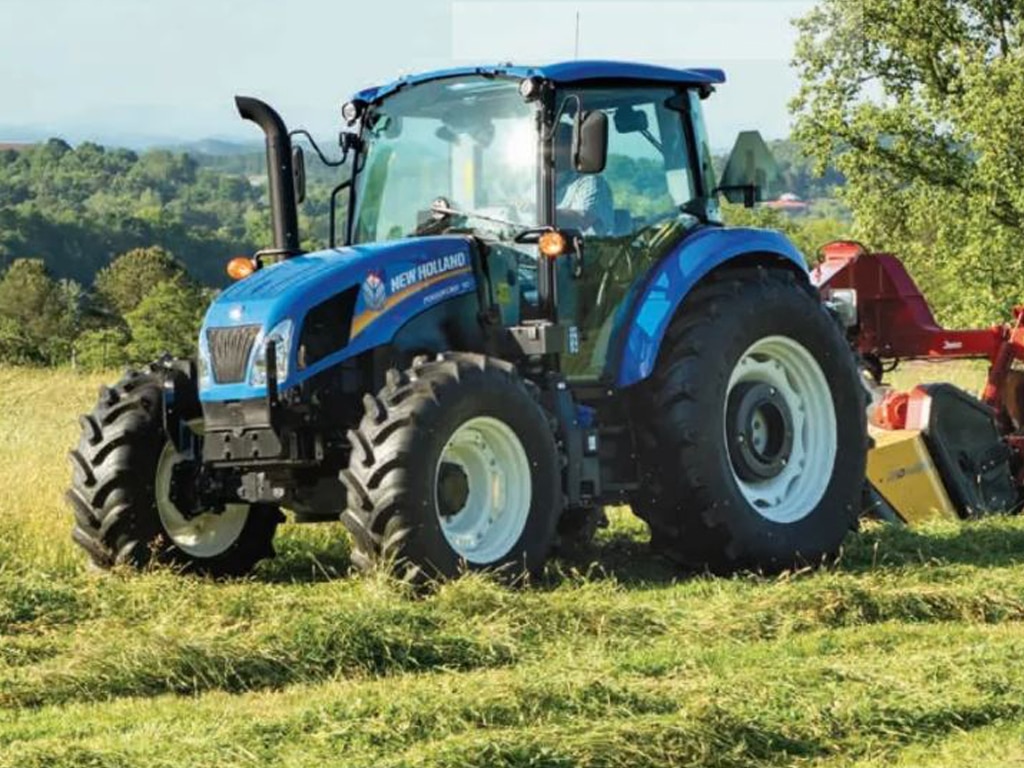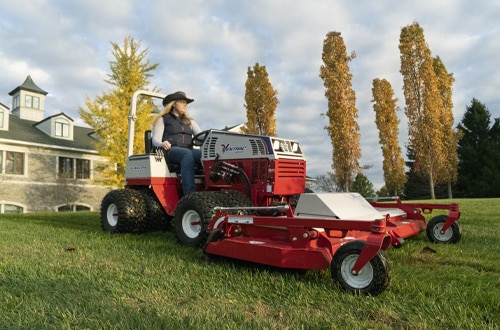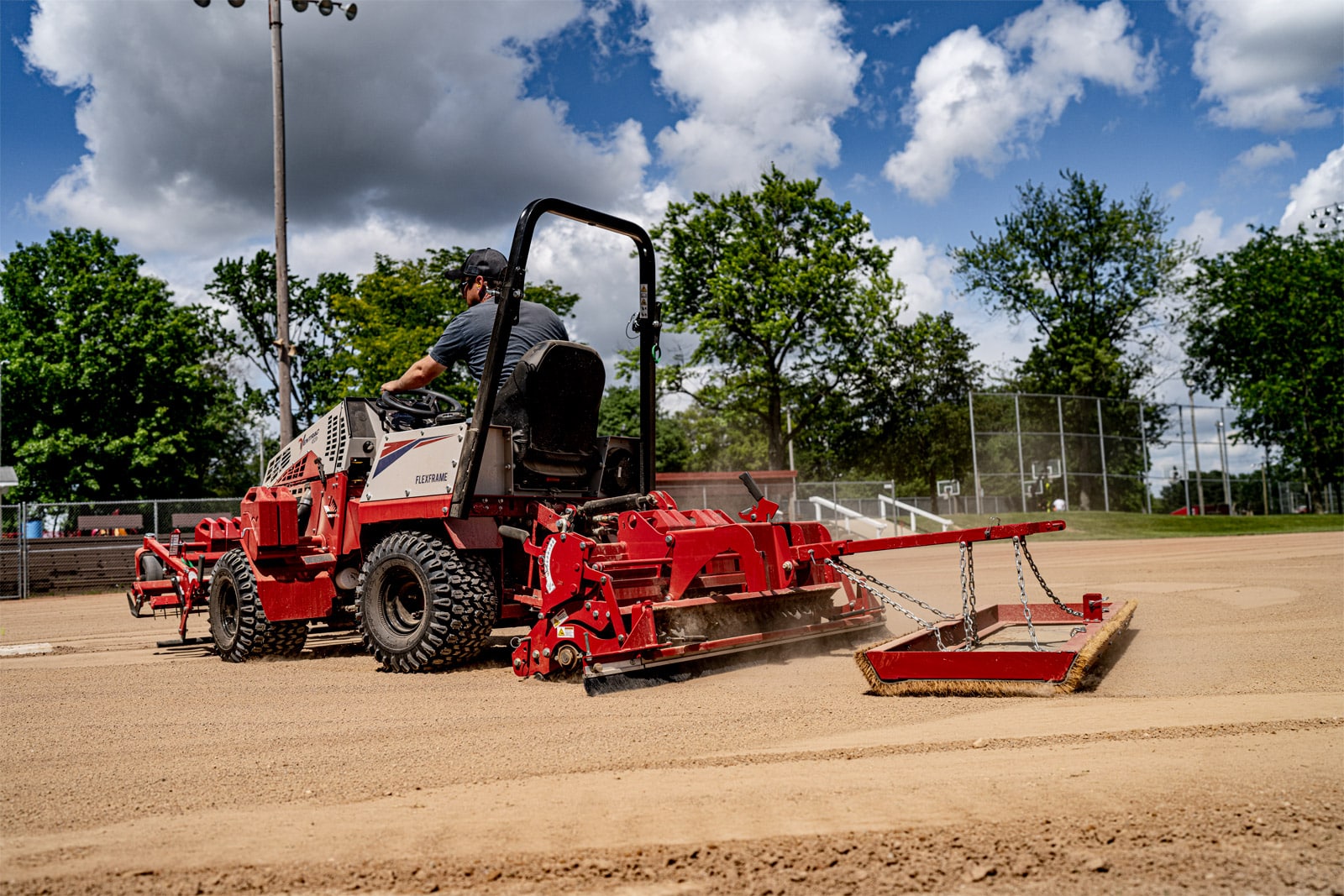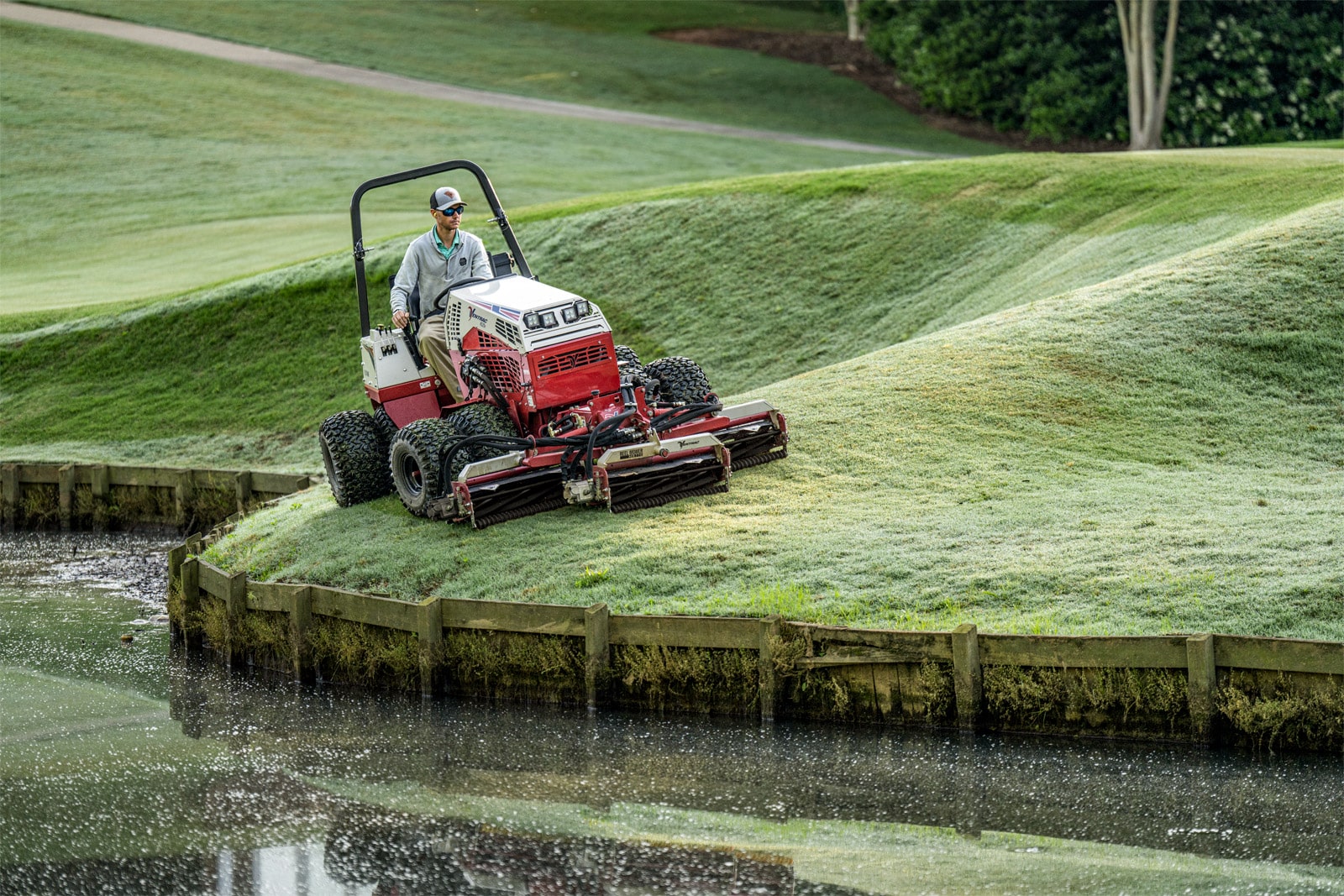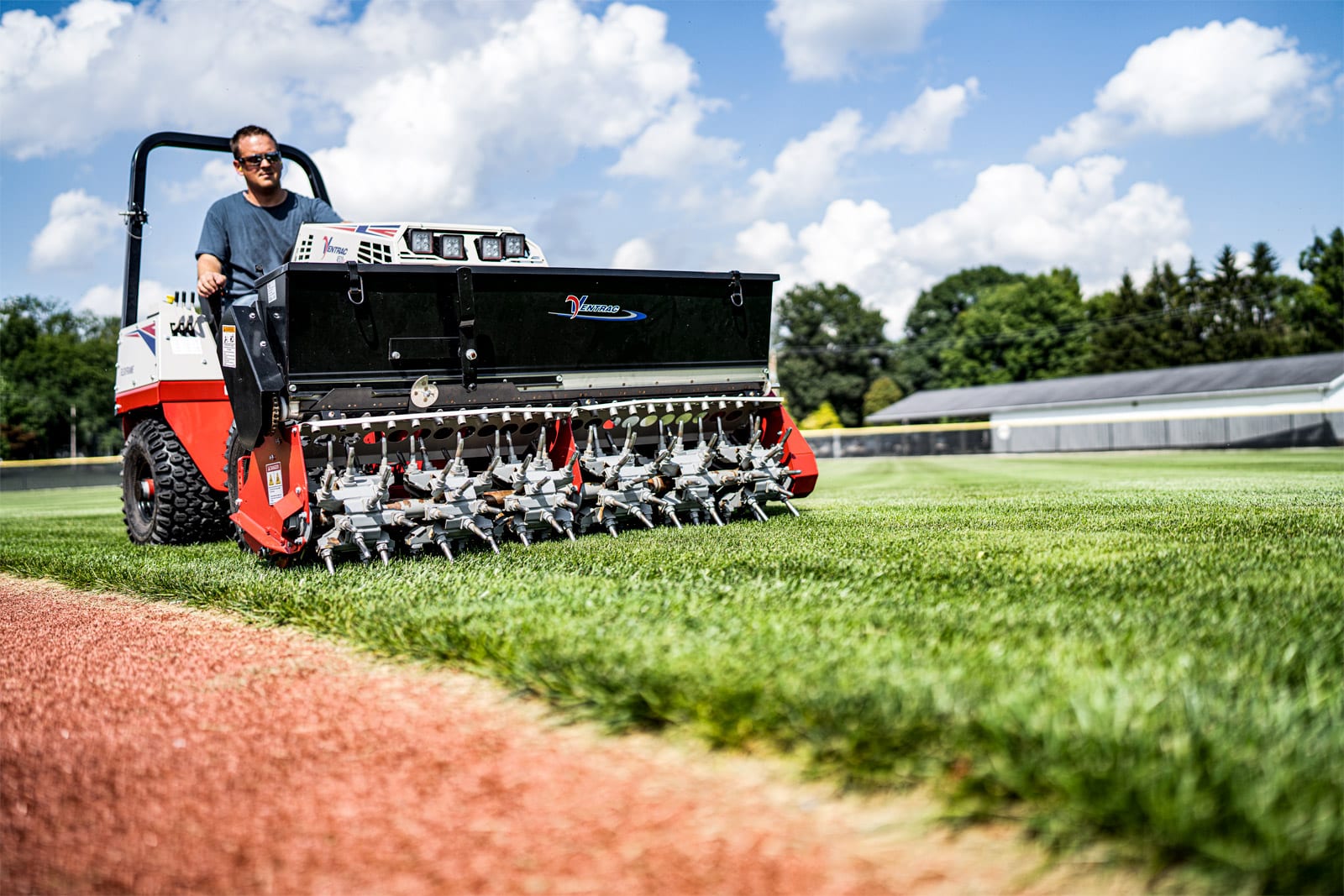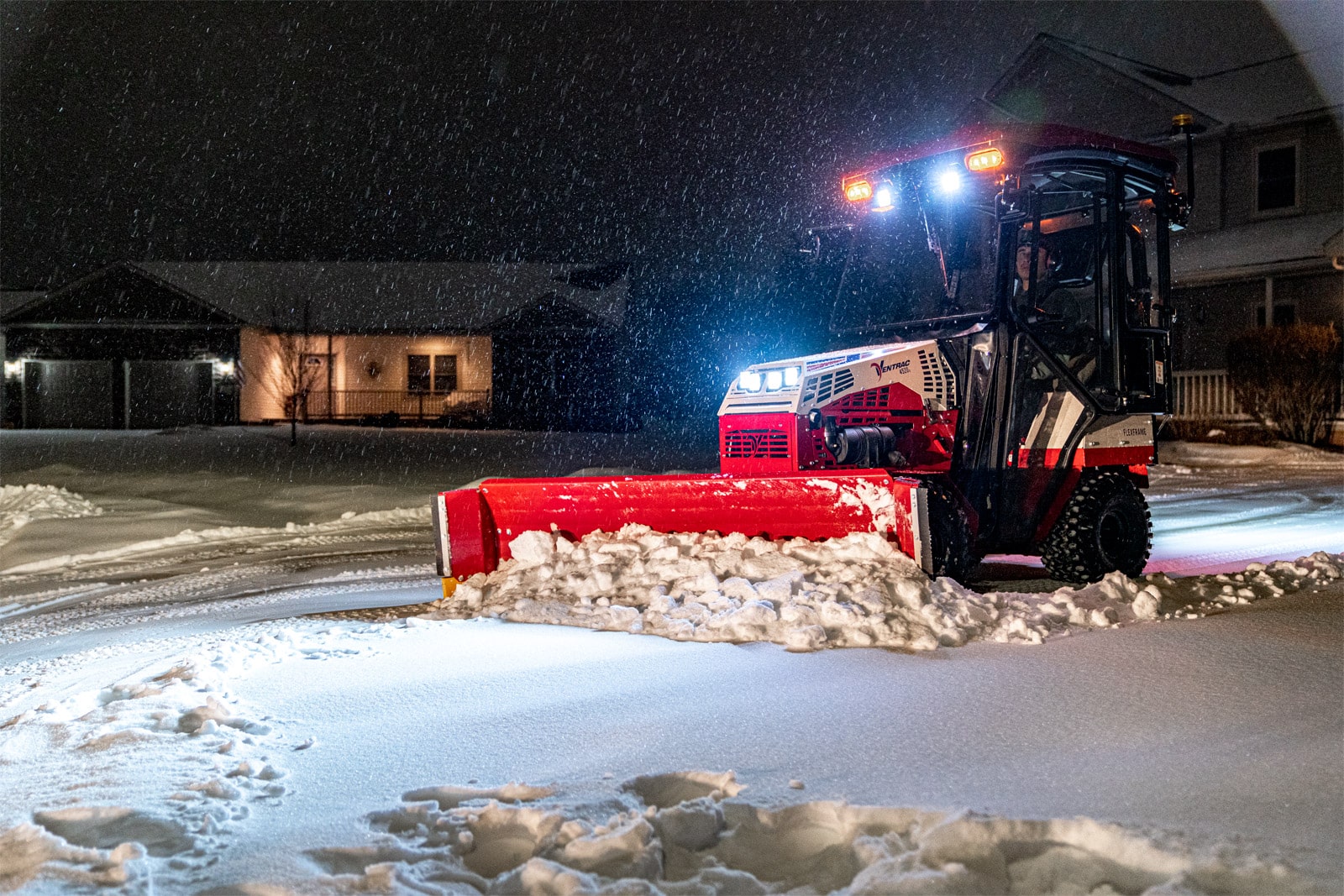The Ultimate Guide to Buying Agricultural Equipment in Caledonia
Cultivating Success: Your Complete Guide to Agricultural Equipment in Caledonia
Premise: Investing in agricultural equipment is a pivotal decision for any farmer in the Caledonia region. It’s not merely a purchase; it’s a strategic move that impacts productivity, efficiency, and ultimately, the profitability and sustainability of your farming operation. This guide serves as your comprehensive roadmap, navigating you through the crucial steps involved in acquiring the right machinery for your unique needs, ensuring you make informed decisions that will contribute to your long-term success.
Introduction
The fertile lands surrounding Caledonia, Ontario, are the backbone of a vibrant agricultural community. From sprawling crop farms to meticulous vineyards, the demands on local farmers are diverse and ever-evolving. One constant, however, remains: the critical role of reliable and efficient agricultural equipment. Whether you’re a seasoned veteran looking to upgrade your fleet or a new entrant to the farming landscape, the process of selecting and acquiring the right machinery can feel daunting. This ultimate guide is designed to demystify that process. We understand that choosing the right tractor, harvester, or even grounds care equipment is a significant investment. That’s why we’ve compiled ten essential points to consider, providing you with the knowledge and insights necessary to make confident decisions and cultivate a prosperous future for your farm.
1. Defining Your Operational Needs: Matching Equipment to Your Farm
The first and most crucial step in the equipment buying journey is a thorough assessment of your farm’s specific needs. Resist the temptation to be swayed by the latest bells and whistles or the advice of well-meaning neighbors before you’ve clearly defined what tasks your new equipment will primarily perform. Consider the scale of your operation, the types of crops you grow or livestock you raise, the terrain of your land, and the labor resources available to you. A smaller acreage farm with diverse crops will have vastly different equipment requirements than a large-scale monoculture operation. Take the time to meticulously analyze your current workflows, identify bottlenecks or areas where efficiency can be improved, and project your future needs based on your growth plans. This detailed understanding will form the foundation for all subsequent decisions.
- Consider your farm size and layout: How many acres do you farm? What is the topography? Are there narrow gates or tight spaces that might restrict the size of equipment?
- Identify your primary tasks: Will the equipment be used for tillage, planting, spraying, harvesting, material handling, or a combination of these? Be specific. For example, instead of “tillage,” consider “primary tillage for clay loam soil” or “secondary tillage for seedbed preparation.”
- Factor in crop or livestock specifics: Different crops and livestock have unique equipment needs. For instance, a vineyard requires specialized equipment for pruning, spraying, and harvesting grapes, while a dairy farm needs machinery for forage harvesting and manure management.
- Evaluate your labor force: Do you rely on a large team, or is your operation primarily family-run? Larger, more automated equipment can reduce labor requirements but comes with a higher initial investment.
- Think about future expansion: Do you have plans to increase your acreage or diversify your operations in the coming years? If so, consider equipment that can accommodate future growth.
2. Exploring Equipment Types and Features: Understanding Your Options
Once you have a clear understanding of your needs, the next step is to explore the vast array of agricultural equipment available. Familiarize yourself with the different types of machinery designed for specific tasks and the various features and technologies they offer. From tractors with varying horsepower and capabilities to specialized harvesters, planters with precision seeding technology, and innovative sprayers, the options can be overwhelming. Take the time to research different manufacturers and models, paying attention to their specifications, performance metrics, and technological advancements. Understanding the nuances of different features, such as transmission types, hydraulic systems, GPS guidance, and telematics, will enable you to identify the equipment that best aligns with your operational requirements and budget.
- Research different categories of agricultural equipment: Tractors (utility, row crop, high horsepower), combines and harvesters (grain, forage), planting and seeding equipment (planters, drills), tillage equipment (plows, cultivators, discs), spraying and application equipment (boom sprayers, air blast sprayers), hay and forage equipment (mowers, rakes, balers), and material handling equipment (loaders, telehandlers).
- Investigate specific features and technologies: Understand the benefits and drawbacks of different engine types, transmission options (e.g., power shift, CVT), hydraulic capacities, and implement hitches. Explore the advantages of precision agriculture technologies like GPS guidance, auto-steer, variable rate application, and yield monitoring.
- Consider attachments and implements: Think about the various implements you’ll need to pair with your primary equipment. For example, a tractor is only as versatile as the implements it can pull or power (e.g., plows, mowers, loaders).
- Stay informed about industry advancements: The agricultural equipment industry is constantly evolving, with new technologies and innovations emerging regularly. Follow industry publications, attend farm shows, and consult with dealers to stay abreast of the latest developments.
3. Considering New vs. Used Equipment: Balancing Cost and Reliability
A significant decision in the buying process is whether to opt for new or used agricultural equipment. Both options have their own set of advantages and disadvantages, and the best choice for your farm will depend on your budget, operational needs, risk tolerance, and the availability of reliable used equipment in the Caledonia area. New equipment offers the latest technology, full warranties, and the peace of mind of knowing its history. However, it comes with a higher initial cost and can depreciate quickly in the early years. Used equipment, on the other hand, can be a more budget-friendly option, allowing you to acquire larger or more capable machinery for a lower upfront investment. However, used equipment may come with higher maintenance costs, limited or no warranty, and potentially outdated technology.
- Evaluate your budget constraints: Determine how much you can realistically afford to spend on equipment, considering both the initial purchase price and ongoing operating costs.
- Assess the condition and history of used equipment: If considering used machinery, thoroughly inspect it for wear and tear, ask for maintenance records, and consider a professional inspection.
- Understand warranty options for new equipment: New equipment typically comes with manufacturer warranties. Understand the terms and coverage of these warranties.
- Consider the availability of parts and service for both new and used models: Ensure that parts and qualified service technicians are readily available in the Caledonia region for the specific make and model you are considering.
- Factor in financing options for both new and used equipment: Explore the financing options available for both new and used machinery, as interest rates and loan terms may vary.
4. Researching Dealers and Building Relationships: Finding a Trusted Partner
Choosing the right agricultural equipment dealer is just as important as selecting the right equipment itself. A reputable dealer will not only offer a wide selection of machinery but also provide expert advice, reliable service, and ongoing support throughout the lifespan of your equipment. Look for a dealer with a strong presence in the Caledonia community, a knowledgeable sales team, certified service technicians, and a well-stocked parts department. Building a long-term relationship with a trusted dealer can save you significant time and money in the long run, ensuring you have access to the expertise and resources you need to keep your operation running smoothly.
- Research local agricultural equipment dealers in Caledonia: Look for dealers with a good reputation, years of experience, and positive customer reviews.
- Evaluate the range of equipment offered: Does the dealer carry the types of equipment you need? Are they authorized dealers for reputable brands?
- Assess the dealer’s service capabilities: Do they have certified technicians? What are their service hours? Do they offer on-site service or mobile repair options?
- Inquire about parts availability: Does the dealer have a comprehensive parts inventory? Can they quickly source specialized parts when needed?
- Consider the dealer’s commitment to customer support: Are they responsive to inquiries? Do they offer training on new equipment? Do they provide ongoing technical support?
5. Exploring the Full New Holland Line: A Comprehensive Solution for Caledonia Farmers
For farmers in Caledonia seeking a comprehensive range of high-quality agricultural equipment, the Full New Holland Line presents a compelling solution. From powerful and efficient tractors designed for various farming tasks to advanced harvesting equipment that maximizes yields, New Holland offers a legacy of innovation and reliability. But their commitment extends beyond traditional agriculture. The New Holland lineup also includes Grounds Care, Landscaping, Light Construction, and Vineyard Equipment, catering to the diverse needs of the Caledonia agricultural community. Whether you’re maintaining farm grounds, managing landscaping around your property, undertaking light construction projects, or tending to a vineyard, New Holland provides the tools you need to get the job done efficiently and effectively.
- New Holland Agriculture: Explore a wide range of tractors, combines, forage harvesters, hay and forage equipment, planting and seeding equipment, and tillage equipment, all engineered for performance and durability.
- New Holland Grounds Care and Landscaping: Discover mowers, compact tractors, utility vehicles, and other equipment designed for maintaining lawns, gardens, and larger properties.
- New Holland Light Construction: Find skid steer loaders, compact excavators, and other light construction equipment suitable for farm-related projects.
- New Holland Vineyard Equipment: Access specialized tractors and implements designed specifically for the unique needs of vineyard operations.
- Trusted Sales, Reliable Service, Top Parts: When you choose New Holland equipment, you benefit from a network of dedicated dealers who provide expert sales support, reliable service performed by trained technicians, and access to genuine New Holland parts, ensuring your equipment operates at peak performance for years to come.
6. Investigating Financing and Insurance Options: Making it Affordable and Secure
Acquiring agricultural equipment is a significant financial investment. Therefore, it’s crucial to thoroughly investigate the various financing and insurance options available to make the purchase affordable and protect your investment. Many agricultural equipment dealers, including those offering the New Holland line in Caledonia, often have partnerships with financial institutions to provide tailored financing solutions for farmers. These may include equipment loans, leases, and flexible payment plans designed to align with your cash flow. Additionally, protecting your equipment with comprehensive insurance coverage is essential to mitigate potential financial losses due to accidents, damage, or theft.
- Explore financing options offered by dealers and financial institutions: Compare interest rates, loan terms, and repayment schedules to find the best fit for your financial situation. Consider both secured loans (where the equipment serves as collateral) and lease agreements.
- Understand the benefits and drawbacks of leasing vs. buying: Leasing may offer lower upfront costs and tax advantages, while buying allows you to build equity in the asset.
- Investigate government programs and grants: Explore any government programs or grants available to farmers in Ontario that may provide financial assistance for equipment purchases.
- Secure adequate insurance coverage: Obtain comprehensive insurance that protects your equipment against damage from fire, theft, accidents, and other covered perils. Consult with an insurance provider who specializes in agricultural equipment.
- Factor in potential tax implications of equipment purchases: Understand how equipment purchases and financing can impact your tax obligations and consult with an accounting professional for guidance.
7. Understanding Warranties and Service Agreements: Protecting Your Investment Long-Term
Warranties and service agreements provide crucial protection for your agricultural equipment investment. New equipment typically comes with a manufacturer’s warranty that covers defects in materials and workmanship for a specified period or number of operating hours. Understanding the terms and coverage of these warranties is essential. Additionally, many dealers offer extended warranties or service agreements that can provide additional coverage beyond the initial manufacturer’s warranty. These agreements can offer peace of mind by covering unexpected repair costs and ensuring your equipment receives regular maintenance by qualified technicians.
- Carefully review the manufacturer’s warranty: Understand what is covered, the duration of the warranty, and any conditions or exclusions.
- Inquire about extended warranty options: Consider purchasing an extended warranty for added protection against future repair costs.
- Evaluate service agreement options: Service agreements can cover scheduled maintenance, inspections, and even certain repairs for a fixed fee, helping you budget for ongoing maintenance costs.
- Understand the dealer’s service capabilities and response times: Ensure the dealer has a reputable service department with qualified technicians who can provide timely and efficient service when needed.
- Keep detailed records of maintenance and repairs: Proper maintenance and adherence to the manufacturer’s recommendations are often required to maintain warranty coverage.
8. Considering Ergonomics and Operator Comfort: Enhancing Productivity and Safety
Modern agricultural equipment is increasingly designed with operator comfort and ergonomics in mind. Features such as comfortable seating, intuitive controls, climate-controlled cabs, and reduced noise and vibration levels can significantly impact operator fatigue and overall productivity. Investing in equipment that prioritizes operator comfort not only improves the well-being of those operating the machinery but can also lead to increased efficiency and reduced errors. Furthermore, consider safety features such as rollover protection structures (ROPS), seat belts, lighting, and visibility aids to ensure a safe working environment.
- Evaluate cab comfort and features: Consider factors like seat adjustability, suspension, climate control, visibility, and the layout of controls.
- Assess the ease of operation and intuitiveness of controls: Look for equipment with user-friendly interfaces and logically placed controls that minimize operator strain and learning curves.
- Consider noise and vibration levels: Excessive noise and vibration can contribute to operator fatigue and long-term health issues. Look for equipment designed to minimize these factors.
- Prioritize safety features: Ensure the equipment is equipped with essential safety features such as ROPS, seat belts, interlocks, and adequate lighting.
- Inquire about training and familiarization: Reputable dealers will provide training on the safe and efficient operation of new equipment.
9. Planning for Maintenance and Parts Availability: Ensuring Longevity and Minimizing Downtime
Proper maintenance is crucial for maximizing the lifespan and performance of your agricultural equipment. Develop a regular maintenance schedule based on the manufacturer’s recommendations and ensure you have access to reliable parts and qualified service technicians in the Caledonia area. Choosing a dealer with a well-stocked parts department and a team of experienced mechanics can significantly reduce downtime and ensure that your equipment is always ready when you need it most. Proactive maintenance, including regular inspections, lubrication, and timely repairs, will help prevent costly breakdowns and extend the life of your investment.
- Understand the manufacturer’s recommended maintenance schedule: Adhere to the recommended intervals for oil changes, filter replacements, and other routine maintenance tasks.
- Establish a relationship with the dealer’s service department: Familiarize yourself with their service hours, capabilities, and response times.
- Inquire about parts availability and ordering procedures: Ensure the dealer carries a sufficient inventory of common parts and has efficient systems for ordering less frequently needed components.
- Consider performing routine maintenance yourself: If you have the skills and resources, performing some basic maintenance tasks can save time and money.
- Keep detailed maintenance records: Document all maintenance and repairs performed on your equipment for warranty purposes and to track its service history.
10. Considering Resale Value: A Long-Term Perspective
While your primary focus is on utilizing the equipment to enhance your current operations, it’s also wise to consider the potential resale value when making your purchasing decisions. Certain brands and models tend to hold their value better than others due to their reputation for reliability, durability, and market demand. Factors such as the condition of the equipment, maintenance history, and the number of operating hours will all influence its resale value. Choosing well-maintained equipment from reputable manufacturers can provide a better return on your investment when you eventually decide to upgrade or sell.
- Research the resale value of different brands and models: Consider brands known for their quality and longevity in the agricultural equipment market.
- Maintain your equipment meticulously: Regular maintenance, proper storage, and addressing any repairs promptly will help preserve the resale value.
- Keep accurate records of maintenance and repairs: Detailed service records demonstrate that the equipment has been well-cared for, which can positively impact its resale value.
- Consider the popularity and demand for specific types of equipment in your region: Certain types of machinery may have higher resale value in the Caledonia area due to the prevalent farming practices.
Conclusion:
Investing in agricultural equipment is a critical decision that requires careful consideration of numerous factors. By thoroughly assessing your operational needs, exploring your equipment options, researching dealers, understanding financing and insurance, and planning for long-term maintenance, you can make informed choices that will contribute to the success and sustainability of your farm in Caledonia. Remember that building a relationship with a trusted dealer who offers a comprehensive range of equipment, reliable service, and readily available parts is invaluable. Consider the Full New Holland Line, available through local dealerships, for a complete solution encompassing agriculture, grounds care, landscaping, light construction, and vineyard equipment, backed by trusted sales and dependable support. By taking a strategic and informed approach to your equipment purchases, you’re not just buying machinery; you’re investing in the future of your agricultural endeavors.
For expert advice and to explore the full range of New Holland and other quality agricultural and grounds care equipment in Caledonia, contact us today!
- Address: 634 Fourth Line, Caledonia, ON, N3W2B3
- Call: 905-765-5011
- Website: https://oneidanewholland.com/
Frequently Asked Questions (FAQ)
Q1: What is the first step I should take when considering buying agricultural equipment?
A1: The first and most crucial step is to thoroughly define your operational needs. Carefully assess your farm size, the types of crops or livestock you have, the tasks you need the equipment for, and your future plans. This detailed understanding will guide all your subsequent decisions.
Q2: Should I buy new or used agricultural equipment?
A2: The best choice depends on your budget, operational needs, and risk tolerance. New equipment offers the latest technology and full warranties but has a higher initial cost. Used equipment can be more affordable but may have higher maintenance costs and limited or no warranty. Carefully weigh the pros and cons of each option based on your specific circumstances.
Q3: How important is it to choose the right agricultural equipment dealer?
A3: Choosing the right dealer is extremely important. A reputable dealer will provide expert advice, a wide selection of equipment, reliable service, and ongoing support. Building a long-term relationship with a trusted dealer can save you time and money in the long run.
Q4: What is the benefit of considering the Full New Holland Line?
A4: The Full New Holland Line offers a comprehensive range of equipment for various needs, including agriculture, grounds care, landscaping, light construction, and vineyard operations. This allows farmers in Caledonia to find integrated solutions from a trusted brand, backed by reliable sales, service, and parts support.
Q5: What financing options are typically available for agricultural equipment purchases?
A5: Common financing options include equipment loans, leases, and flexible payment plans offered by dealers and financial institutions. It’s important to compare interest rates, loan terms, and repayment schedules to find the best fit for your financial situation.
Q6: Why should I consider warranties and service agreements?
A6: Warranties and service agreements provide crucial protection for your equipment investment by covering potential defects and repair costs. They offer peace of mind and can help you budget for long-term maintenance.


